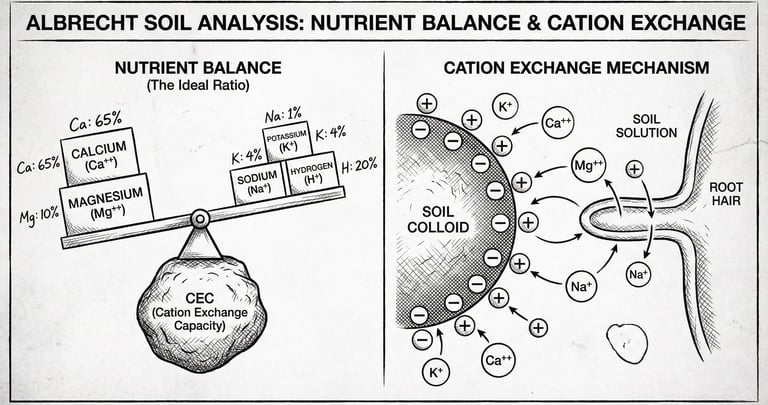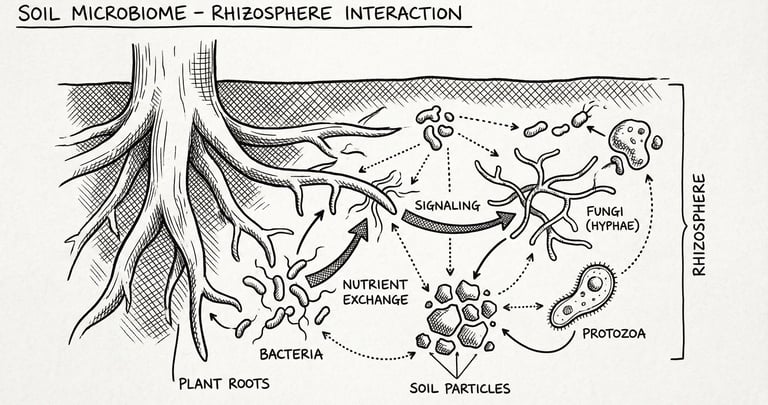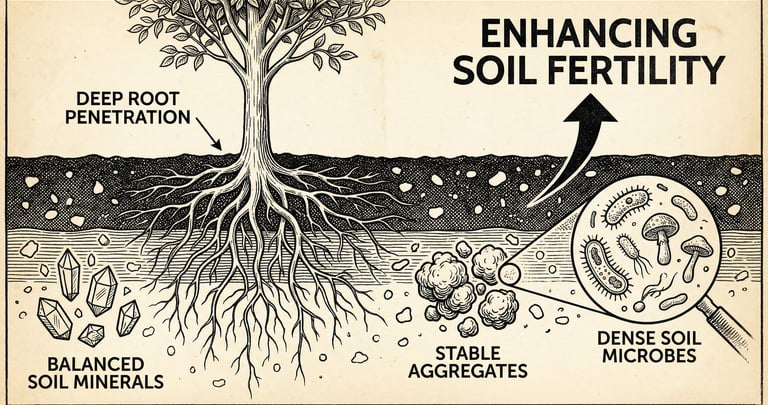Soil Diagnostics
Below you'll find a step-by-step guide for assessing the current health of your soil. Use these insights to inform your choices on soil amendments and crop selection. This diagnostics page is continually updated, so check back regularly for the latest improvements. For best results, follow each step in order.


Albrecht Soil Analysis
Soil minerals drive natural fertility. Knowing your soil’s composition shows how well your cropping strategy fits its needs. This understanding empowers you to refine practices for optimal soil structure and bulk density—a cornerstone of soil health that balances soil solids and vital pore space.


Soil Chemistry
Soil Physics
Slake Test
This easy DIY test reveals your soil’s structure. Ideally, healthy aggregates remain intact in water. If your soil falls apart during the slake test, it’s a sign that the biological community needs strengthening.


Soil Biology
MicroBiometer
While soil microbiome data won’t give you direct management prescriptions, it acts as a valuable indicator of your soil health practices. A dysbiotic soil community signals that your soils may not be functioning optimally. By tracking microbial trends, you can assess if your current strategies are improving soil biology and adjust your management towards more microbe-friendly approaches.


59degrees Soil Architects
Make your Soil your Strongest Asset- not your weakest link.
Contact
Subscribe
info@59degrees.com
© 2025. All rights reserved.
